Get ready for the cutest day out. Nara, Japan is home to over 1,300 free-roaming deer, making the city a unique place to visit. The furry locals are a hit and people flock to Nara, Japan to meet the bowing deer. Taking a day trip from Osaka or Kyoto is such a great way to see the city since it’s so easy to reach.
Although the deer are a huge selling point for visiting, there is plenty more to see in Nara too, making it an essential stop on any Japan itinerary.
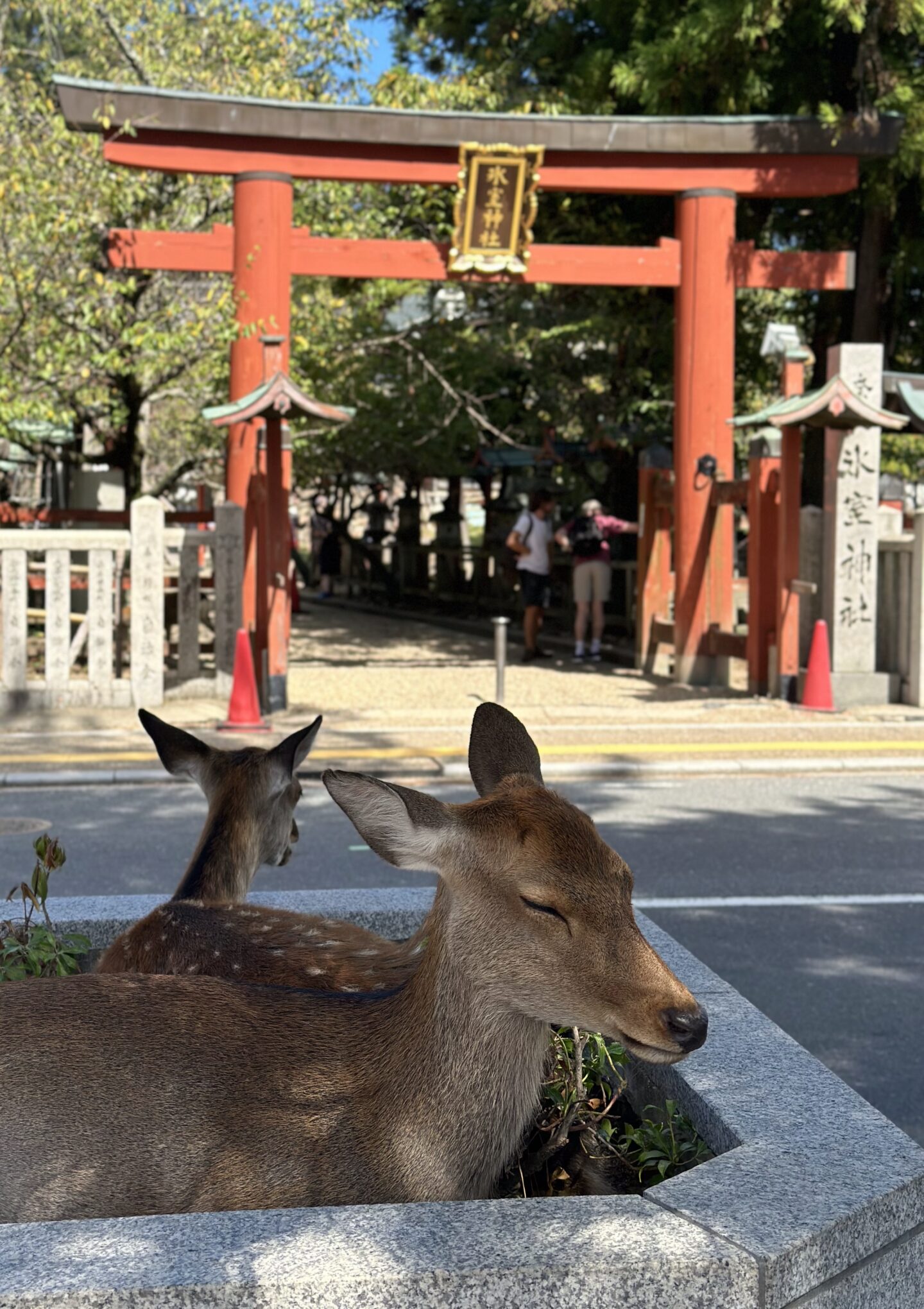
Getting to Nara from Osaka
There are two main train lines connecting Nara and Osaka: the JR Yamatoji line (for Japan Rail pass holders) and the Kintetsu Nara line (a local passenger train).
The best way to get to Nara from Osaka is with the Kintetsu Nara Line. Travelling from Osaka Namba station, you can be at Kintetsu Nara station in 39 minutes for 560 yen (approx £2.85) Kintetsu Nara station is actually more centrally located than JR Nara station making it a more favourable option. I didn’t have the Japan Rail Pass during my trip and didn’t feel like I missed out at all. Local trains are very efficient and often better positioned.
Another great thing about the Kintetsu line is that they run a special Nara deer service, whereby some of their trains have deer-themed decor. It’s pretty cute, with the seats in the print of deer, the floor made to look like grass and deer pictures are dotted around. It’s such a fun way to travel but there’s no telling when they depart as they are just part of the Kintetsu line.
If you are travelling on the JR Yamatoji line, from JR Osaka station, you can be at JR Nara station in 45 minutes.
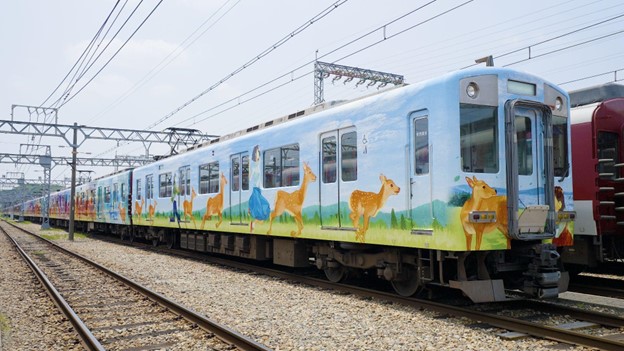
Deer Train to Nara. Photo shared from ‘fromjapan.info’
Getting to Nara from Kyoto
Travelling via Kintestu trains from Kyoto station, you can reach Kintetsu Nara station in around 35 minutes. The cost is 1280 yen each way and they depart twice every hour. For a slightly cheaper option, there is an hourly express train that takes 45 minutes and costs 760 yen.
For Japan Rail Pass holders, take the Miyakoji rapid trains that depart every 30 minutes and take around 45 minutes.
Is one day enough in Nara, Japan?
Yes, one day is enough time to experience what this unique city has to offer. Since the travel time from other major cities is fairly quick, you have more time to enjoy a full day in Nara, Japan. A day here ensures you’ll meet the furry locals, visit some incredible sites and enjoy some delicious food.
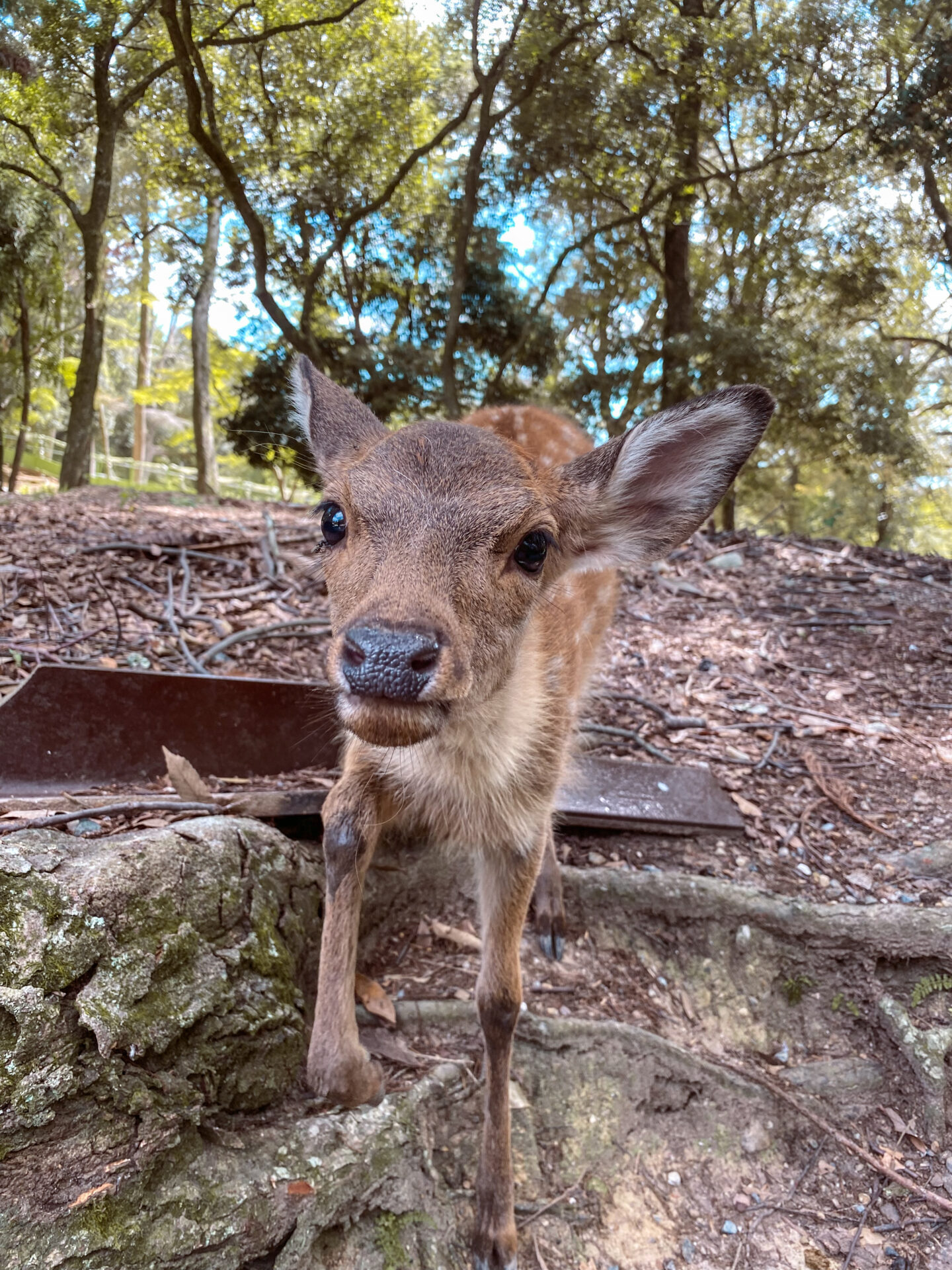
The perfect day trip to Nara, Japan
- Meet the famous deer!
- Kōfuku-ji
- Tōdai-ji Temple
- Kagami-ike Pond
- Nigatsu-do
- Yoshikien Garden
- Higashimuki Shopping Street
- Dinner at Kamaiki
Meet the deer
From the moment you exit the station, you’re likely to run into a few deer strolling along the street. Get used to it – they’re everywhere! It was pretty exciting seeing the deer straight away, so we started our day greeting the locals and stopping for some snaps.
Don’t forget, the deer are wild animals and can be unpredictable, especially when food is involved or around mating season. Deer can sometimes become aggressive and territorial. I had a few nudges on my bum when some of the deer weren’t getting the crackers they had sniffed out of my bag!
On the other hand, some deer are very polite and are known to bow in exchange for a cracker, so make sure to buy a few crackers from vendors dotted around. Do not feed them anything else. The crackers are made from rice bran which is easy for them to digest and anything else could harm their stomach health.
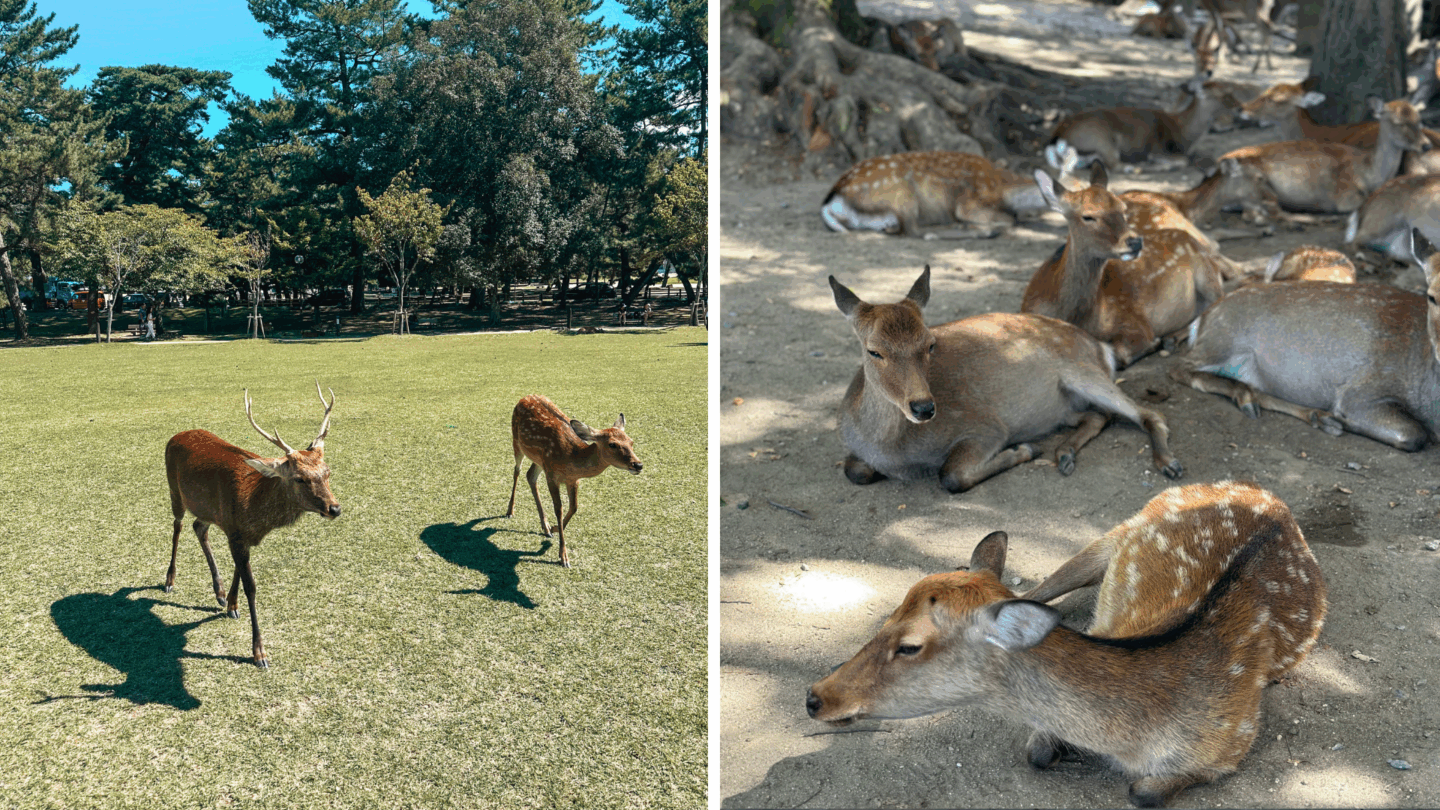
Kōfuku-ji
Less than a five-minute walk from the station is our first stop. This Buddhist temple once had over 150 buildings, though many were destroyed by a fire and were rebuilt over the centuries.
Marvel at the five-story pagoda; the second tallest in Japan (after To-ji in Kyoto). Then explore the Central Golden Hall and Eastern Golden Hall, both home to beautiful Buddhist statues.
This UNESCO World Heritage Site is a perfect introduction to the beauty and deep-rooted history that Nara has to offer.
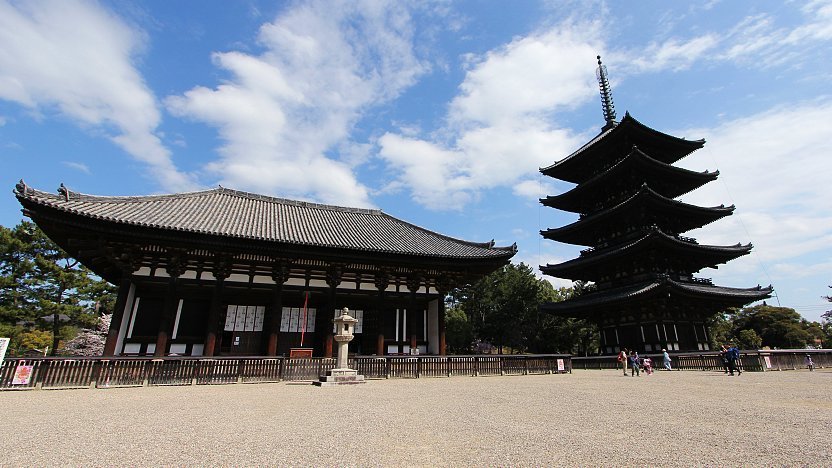
Photo taken from JapanGuide website
Tōdai-ji Temple
Many visitors flock to Todai-ji on their trip to Nara, and for good reason! Translated to ‘Great Eastern Temple’, Todai-ji was built in the 8th century to unify and protect the country through Buddhism. It was once the largest wooden building in the world and is home to a 49-foot bronze statue of Buddha.
The whole site is pretty spectacular and sits on the edge of Kagami-ike Pond. I loved walking around the pond and seeing all the different angles of Todai-ji. There’s something about a body of water that immediately makes everything more peaceful.
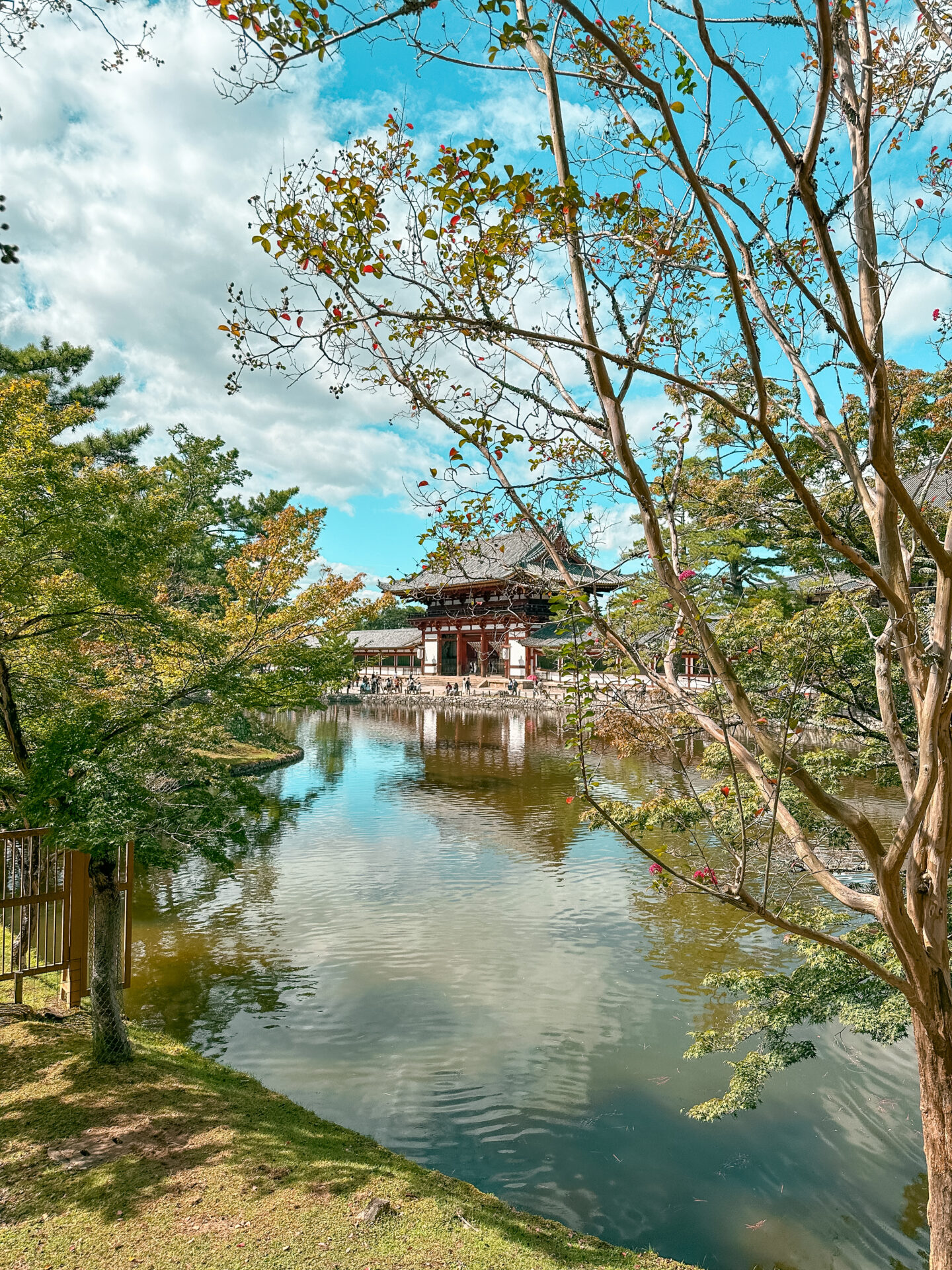
Todai-ji can be described as a spiritual campus. There is the main Todai-ji Temple, but there are many sub-temples, structures and complexes within the area. Which leads me to our next stop…
Nigatsu-do
Though I hadn’t seen this pop up on any of the ‘things to do in Nara’ lists, I’m so glad we stumbled upon it. It’s a sub-complex of Todai-ji Temple set further up the hill, offering a place of spiritual serenity.
At the base, smaller buildings are encapsulated by luscious greenery. Stone lanterns stand gracefully, lighting the path in the nighttime. And stone pillars serve as memorials, each with intricate carvings to symbolise Buddhist mantras or dates of offerings.
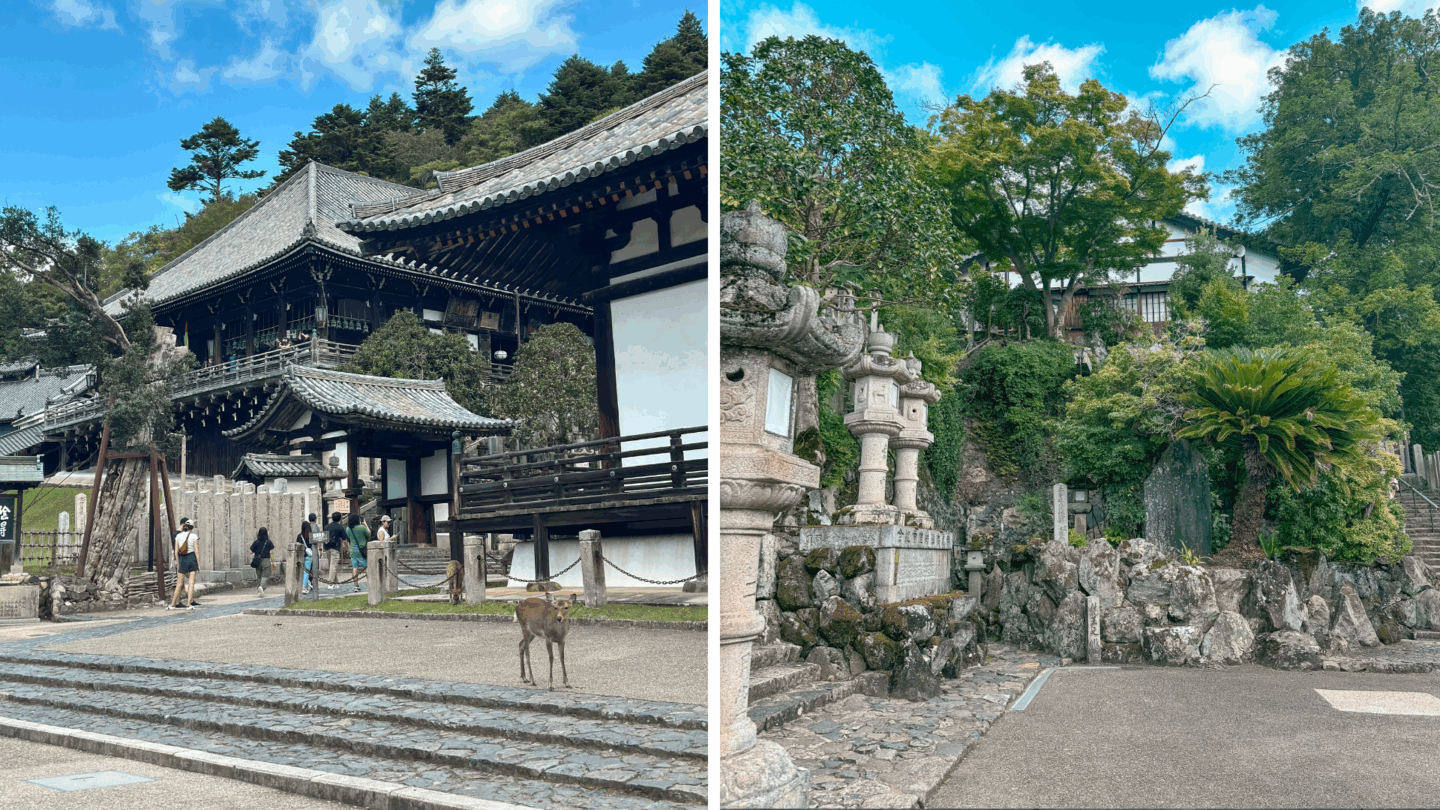
Climb the stone steps up to the wooden balcony, where you can enjoy beautiful panoramic views of Nara Park. Originally built in the 8th century, this site is steeped in ancient history. Every March, a Buddhist ritual over 1,250 years old that purifies sins and brings good luck takes place here. It’s a wonderful place to stop and really soak in your surroundings.
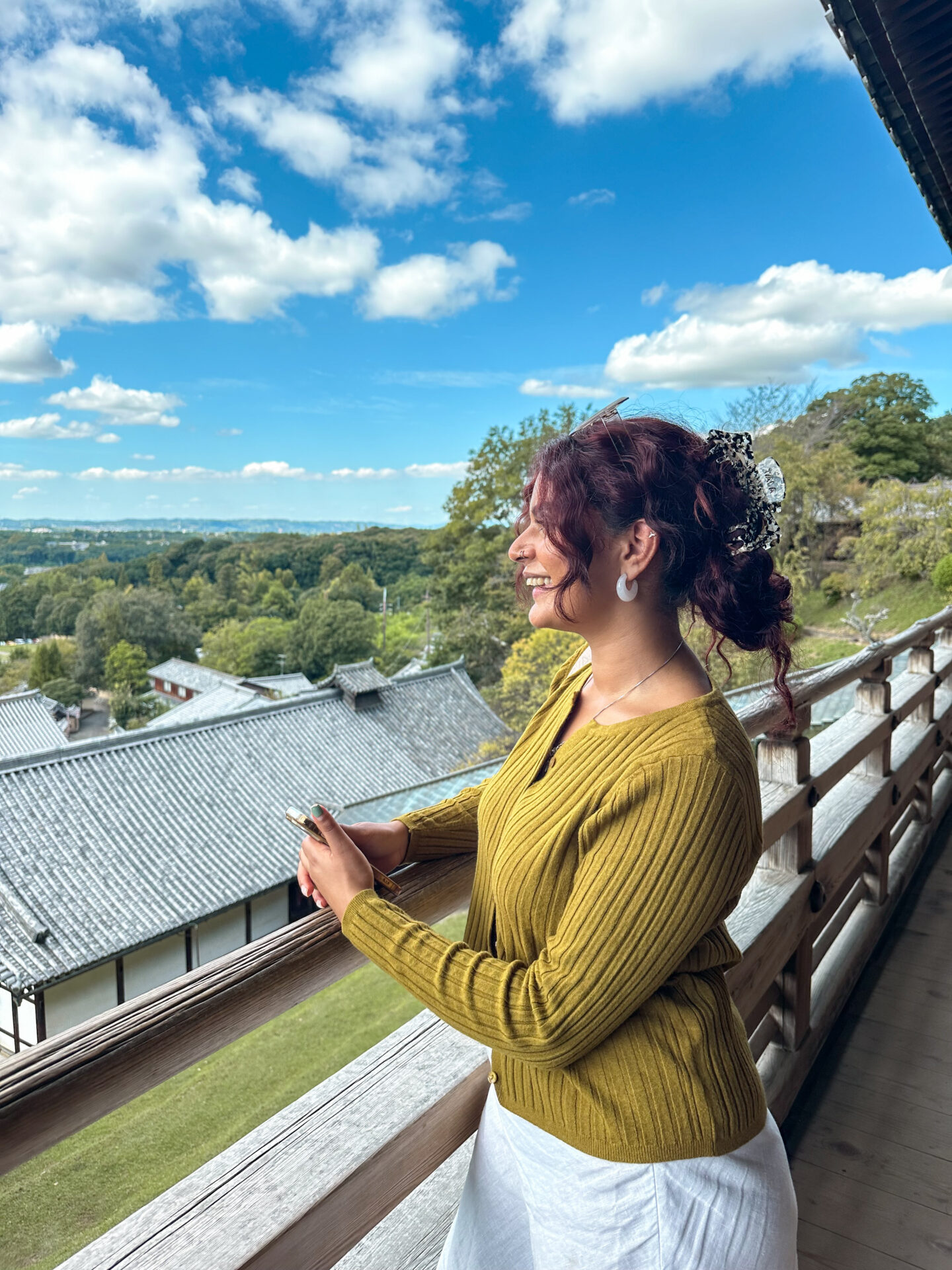
My sister overlooking Nara Park from Nigatsu-do’s wooden balcony
Yoshikien Garden
The Japanese do a lot of things incredibly well, and a perfectly manicured garden is one of them. It neighbours Isuien Garden but it’s said that Yoshikien is a little bit less crowded, making it perfect for taking a slower pace.
There are three distinct ‘garden styles’ within Yoshikien. The pond garden offers a tranquil space with traditional Heian-period aesthetics. The moss garden offers a shaded and serene escape. And the tea ceremony garden includes a tea house, of course.
Entrance is free for tourists (another benefit of visiting Yoshikien over Isuien), though you may need to show your passport.
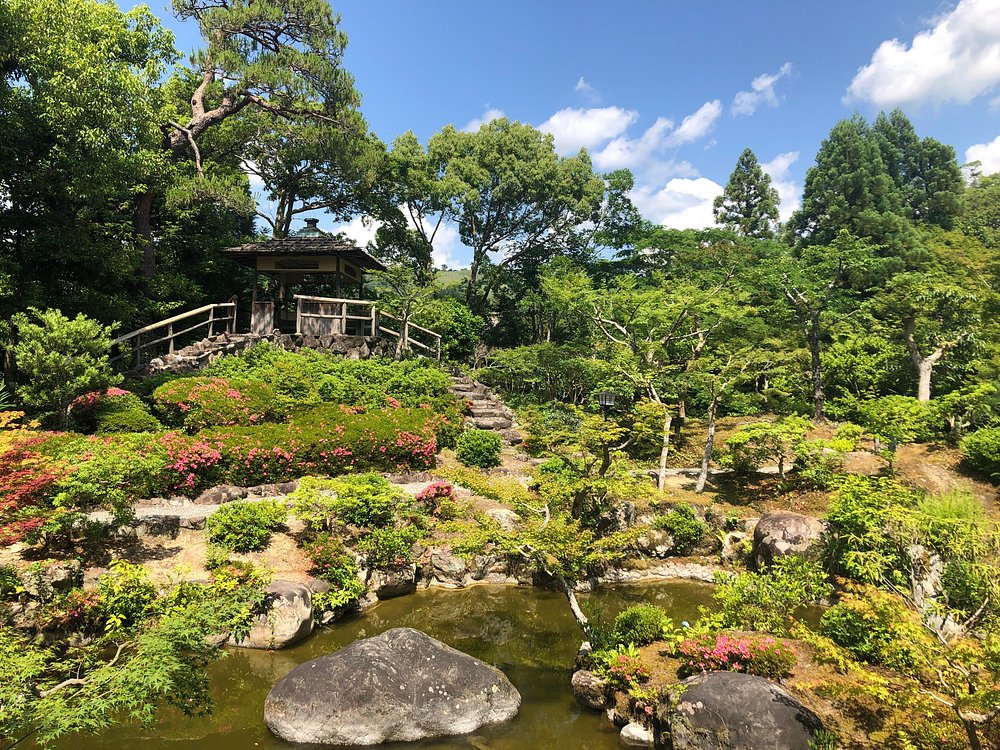
Photo taken from TripAdvisor
Higashimuki Shopping Street
To end your day, treat yourself to a big bowl of udon at Kamaiki. This intimate diner serves up a range of udon dishes like spicy hot pot style to indulgent Japanese curry. The chewy udon paired with the delicious sauces was the best way to end the day.
You can find Kamaiki in Higashimuki Shopping Street, right next to Kintetsu Nara station. It’s a great place to pick up some deer-themed souvenirs to remember your day and refuel after a long day of exploring.
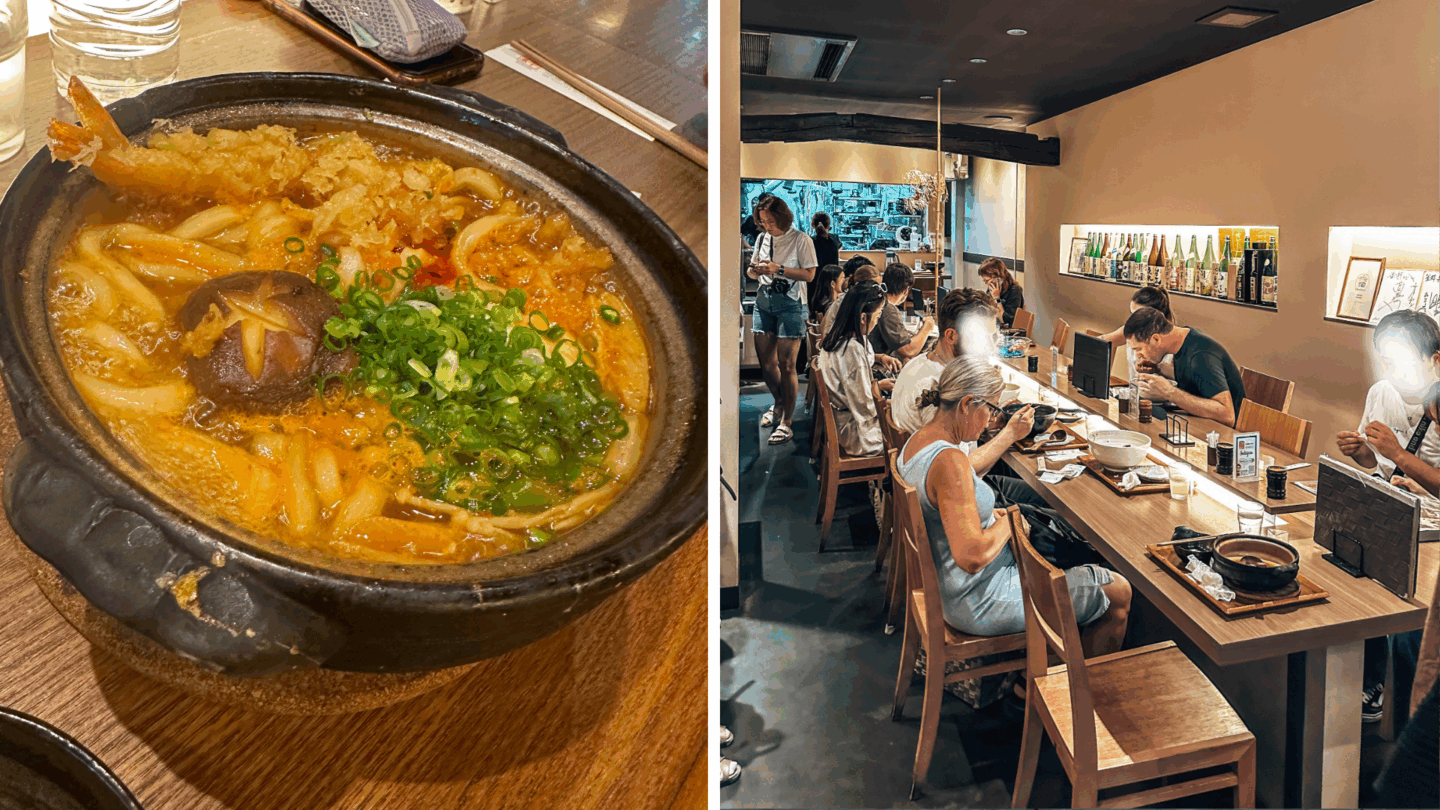
Wrapping up my day trip to Nara, Japan
This was one of my favourite days on my trip to Japan. Meeting the deer and seeing hordes of them immersed within stunning Buddhist temples felt surreal. Japanese architecture is simply fascinating and being able to experience it all nestled within the serenity of Nara Park (even with the tourist crowds) was pretty special. I’d recommend a day trip to Nara, Japan to anyone!